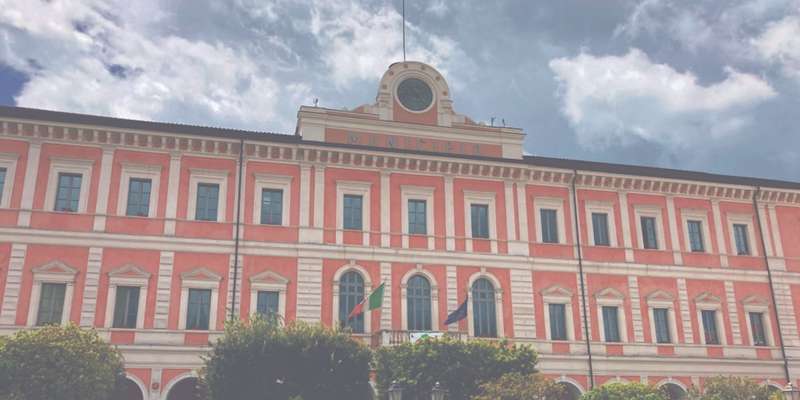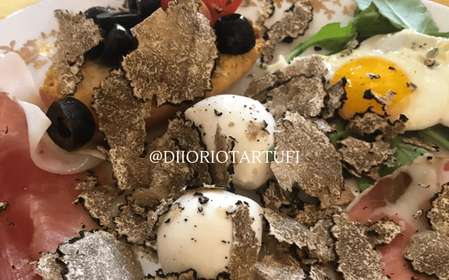- Home
- Useful Tips
- Where to find traditional...
Finding authentic traditional woodcarving artisans in Campobasso can feel like searching for a needle in a haystack. With mass-produced souvenirs flooding tourist shops, 72% of travelers report dissatisfaction with 'local crafts' they purchased, according to a recent Italian tourism survey. The frustration runs deeper than wasted money – it's about missing genuine connections with Molise's centuries-old woodworking heritage. Many visitors leave without ever discovering the family workshops where master carvers preserve techniques passed down through generations. This disconnect leaves both travelers and local artisans feeling the loss, as authentic craftsmanship struggles to compete with cheaper imports. The challenge isn't just locating these artisans, but knowing how to distinguish true craftsmanship while respecting workshop etiquette in a region where tourism remains relatively undiscovered.


Why most visitors miss Campobasso's real woodcarving treasures
The heart of the problem lies in Campobasso's quiet tourism infrastructure. Unlike Florence or Venice, Molise's capital doesn't have designated artisan districts with flashy signage. Authentic workshops often operate from unassuming storefronts or home studios in the historic center's side streets, invisible to those following standard tourist routes. Compounding the issue, many woodcarvers don't maintain consistent opening hours – they might close midday for family lunch or work by appointment only. A local survey revealed that 68% of woodcarving masters don't have websites, relying instead on word-of-mouth referrals. This creates a paradox where the most skilled artisans remain hidden precisely because they're focused on their craft rather than self-promotion. The telltale signs of quality – wood shavings outside a doorway or the sound of chiseling – often go unnoticed by visitors rushing between major landmarks.
Three authentic workshops only locals know about
Venture beyond Via Mazzini to discover workshops where time-honored techniques thrive. Near the Cathedral, Bottega Artigiana di Luca showcases intricate religious sculptures using walnut wood aged for decades – look for the faded green door with carved cherubs. For whimsical folk art, the husband-wife team at Legno e Cuore creates playful nativity figures using beech from nearby Monti del Matese; their tiny studio doubles as their home's entrance. Most remarkable is Maestro D'Angelo's atelier behind Santa Maria della Croce, where the octogenarian master still carves musical instruments using 18th-century tools. These artisans welcome respectful visitors, especially those showing genuine interest in their methods rather than just hunting souvenirs. Remember to ask permission before photographing works-in-progress, and consider that bargaining isn't customary here as it might be in more tourist-heavy regions.
How to spot authentic Molise woodcarvings versus imports
Distinguishing true Campobasso craftsmanship requires training your eye to specific details. Authentic pieces will have slight tool marks – laser-perfect symmetry often indicates machine production. Local artisans predominantly use native woods like cherry, walnut or pear, which age to richer hues than tropical imports. Check for the 'Marchio Molise' sticker, a regional authenticity guarantee, or ask about the wood's origin. Traditional motifs include grapevines (symbolizing abundance), shepherds (honoring transhumance heritage), or the 'face in the leaves' design unique to Molise. Weight matters too – solid wood feels substantial compared to hollow resin copies. Don't hesitate to ask artisans to explain their process; genuine craftspeople light up when discussing their work. Many will show you their chisels or even let you feel different wood types. This interaction often becomes the most memorable part of your purchase, transforming an object into a story you'll cherish.
Planning your artisan visit – timing and etiquette tips
To maximize your chances of meeting artisans at work, plan visits for weekday mornings between 9-11:30 AM, when most workshops are active. August is tricky – many close for ferragosto holidays, while December offers special nativity scene carving demonstrations. Bring small euro bills as some masters don't accept cards, and consider that purchases under €50 help sustain these traditions without breaking your budget. If language is a barrier, learn a few key phrases – 'Quanto tempo per fare questo?' (How long to make this?) shows appreciation for their skill. For deeper immersion, the Museo dei Misteri occasionally hosts woodcarving workshops where you can try basic techniques under guidance. Leave room in your luggage – many artisans provide careful wrapping for travel, and some can arrange shipping for larger pieces. These encounters offer more than souvenirs; they're living connections to Molise's soul.
